
Planetary Picture of the Day
Week of September 6, 2021
From super closeups on Earth to orbiter images from space, you won’t believe your eyes.
Monday, September 6, 2021
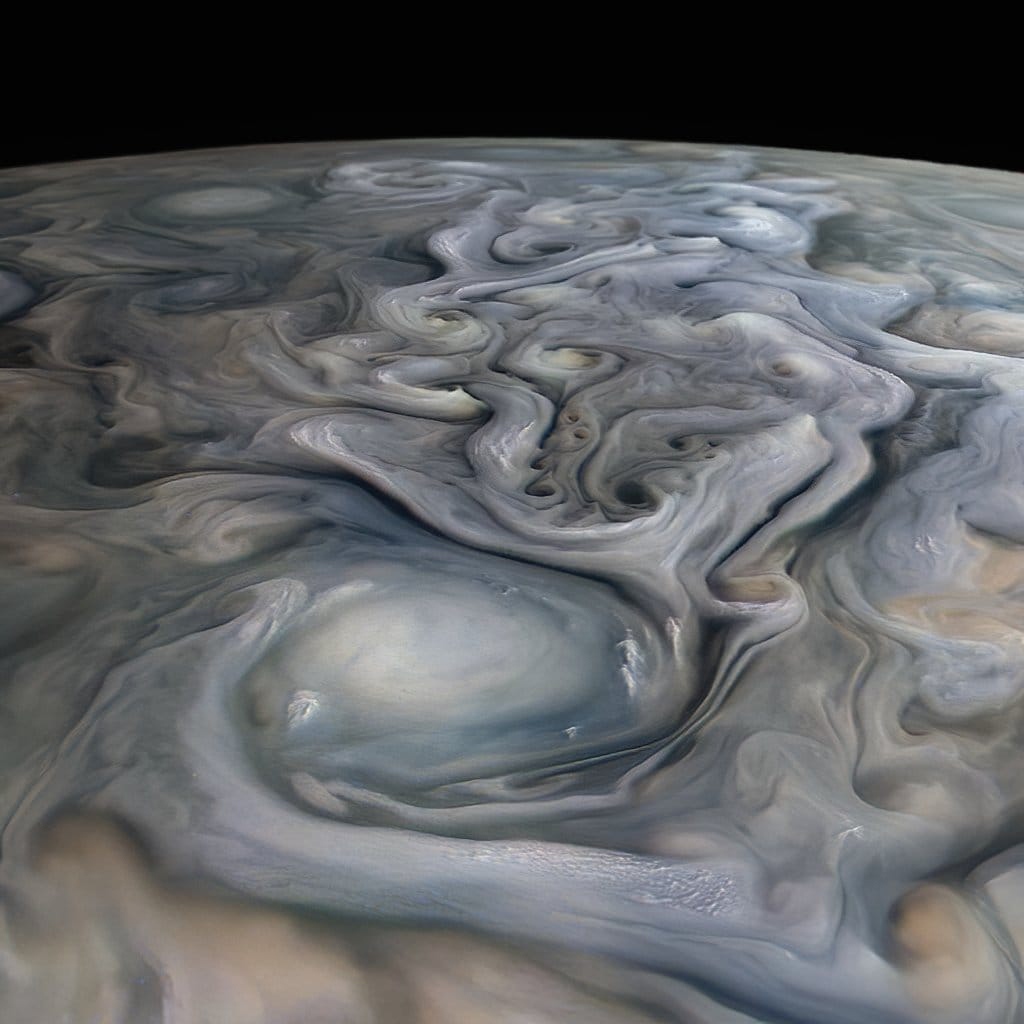
Jupiter by Juno
Just to make sure nobody forgot, there is another exciting mission right now in the solar system! This composite image combines two images from perijove 26 and uses artificial vertical relief to show the detail in the storm clouds.
Tuesday, September 7, 2021
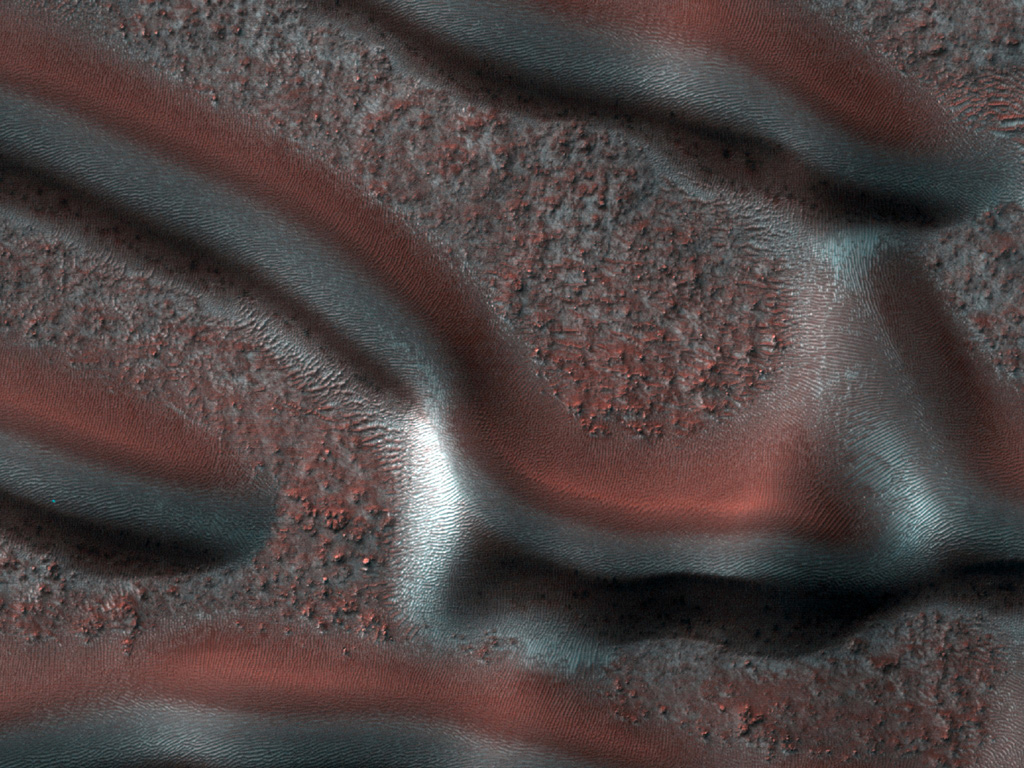
Dunes of Aonia
This image of a dune field in Aonia Terra, a region in the Southern Hemisphere of Mars, is less than 1 km across. It was acquired by the HiRISE camera onboard the Mars Reconnaissance Orbiter (MRO) 30 March 2012, at an altitude of 250 km. You can see the full resolution version here: https://buff.ly/3bG0WW6
Wednesday, September 8, 2021
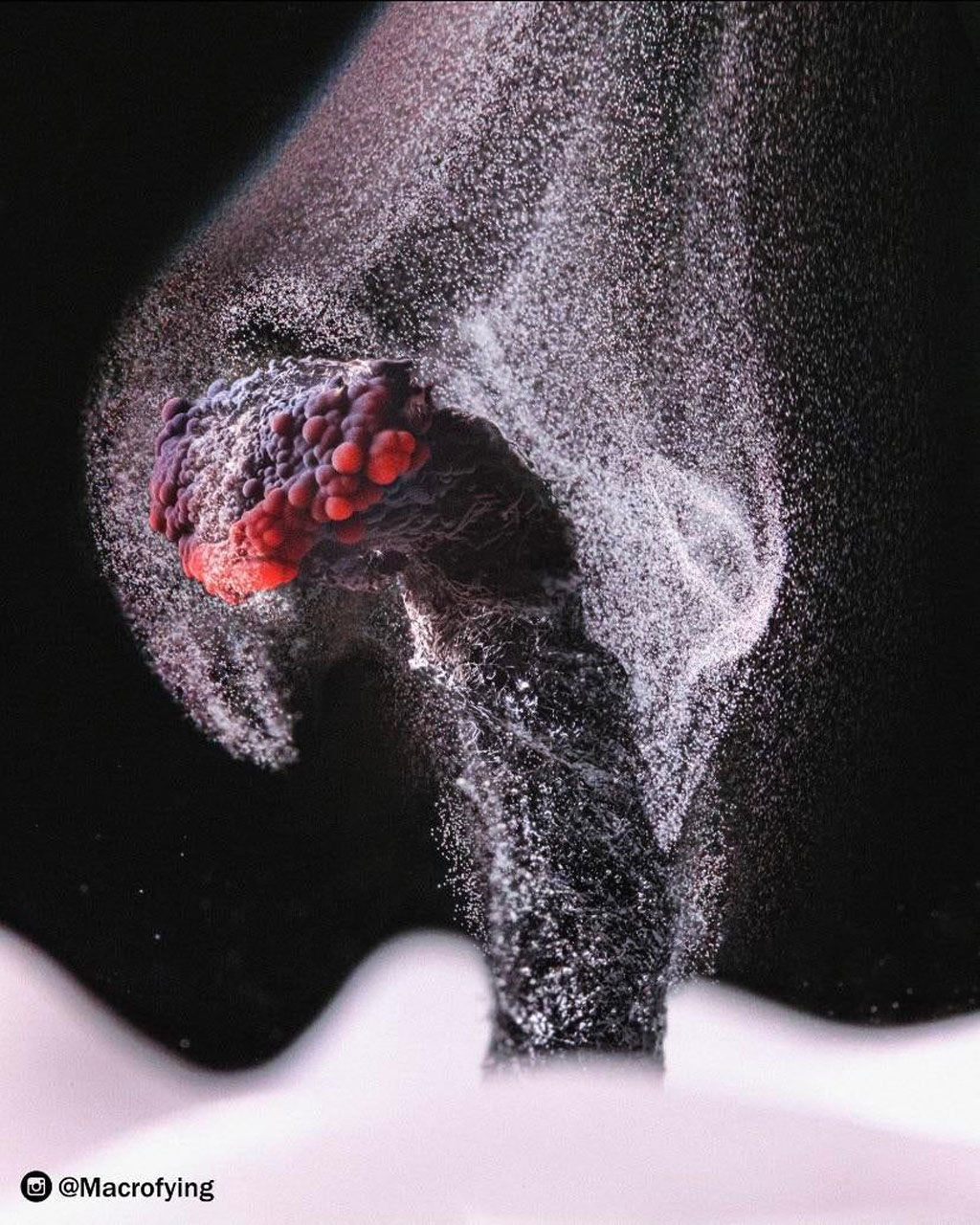
The smoke of a candle after blowing it out.
Smoke is unburned particles of carbon released when the hydrocarbon chain of candle wax breaks down. When the candle is alight, most of the carbon gets burned to carbon dioxide, but some escapes. If you hold a plate above a candle flame, you’ll see the carbon accumulate as a sooty smear.
When the flame goes out, the glowing wick has enough heat left to break up the wax molecules for a while, but not enough to burn the carbon, so you get a trail of smoke until it cools.
Thursday, September 9, 2021
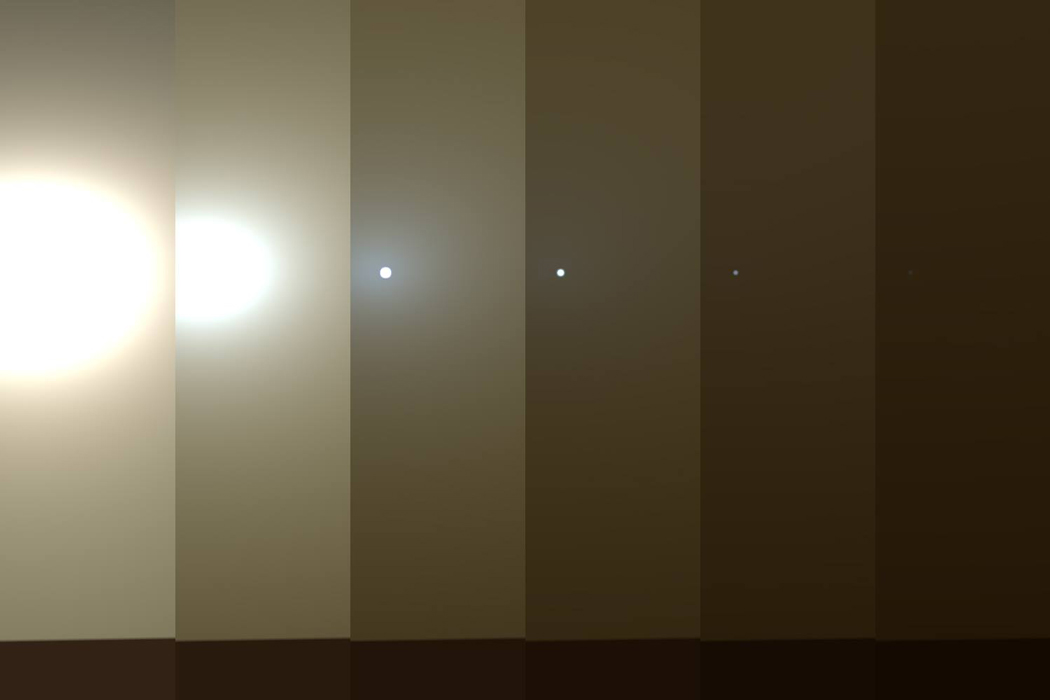
"It's getting dark and cold..."
Dust storms can be epic on Mars and cover the planet entirely for weeks. And, fourteen years into her exploration, this one was one too many for the solar panels of Opportunity at Meridiani Planum; we were never able to reawaken her. The various panels on the image show you how darkness gained as the storm progressed. It is a good thing that Curiosity and Perseverance do not rely on solar panels for energy.
Friday, September 10, 2021
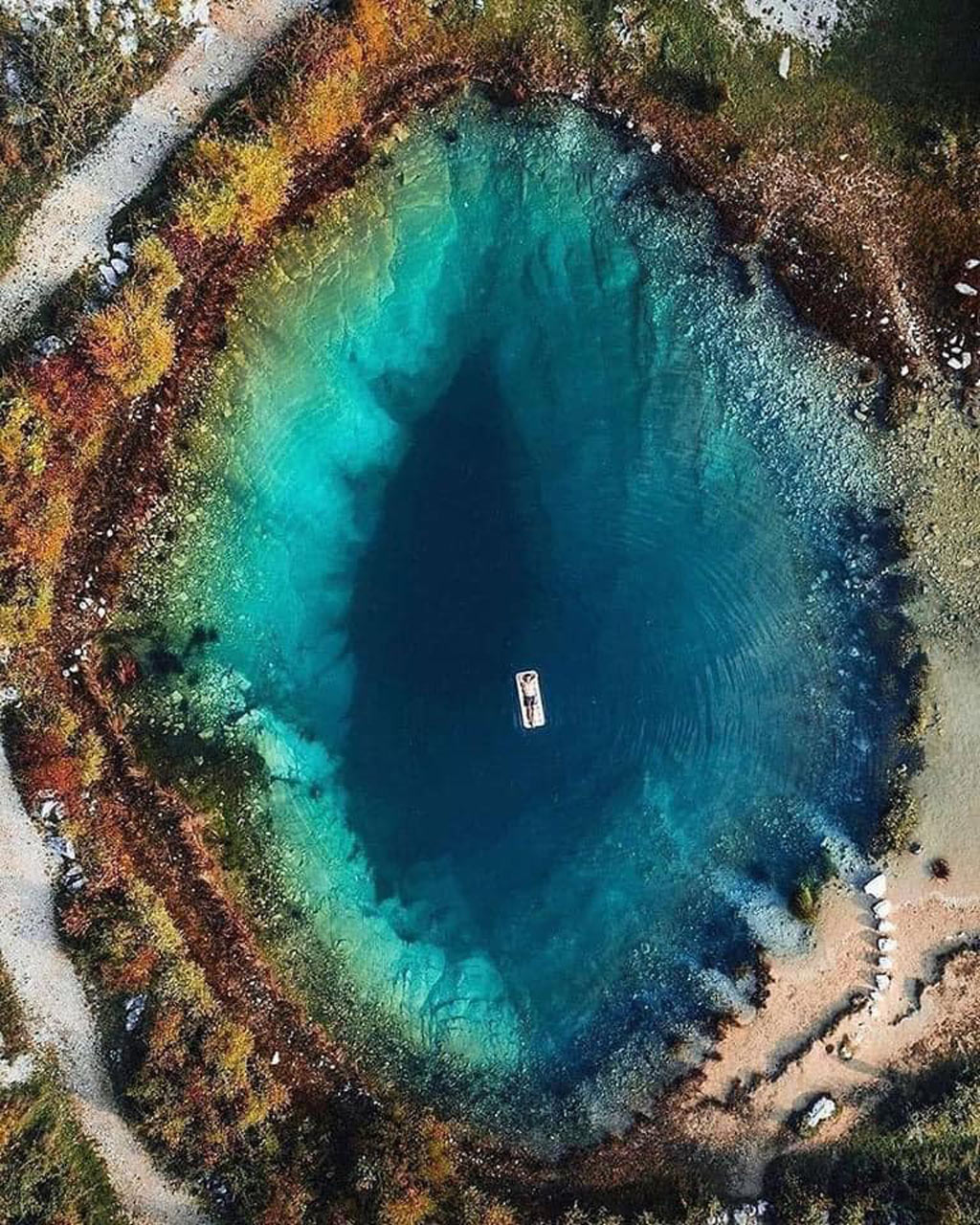
Croatian Spring
The source of the Cetina River in Croatia is a karst spring that's nearly 150 meters deep with the characteristics of an eye. The river begins in the northwestern slopes of the Dinara mountain range at an elevation of 385 meters and runs all the way to the Adriatic Sea. Karst topography forms when rocks such as limestone and gypsum dissolve in groundwater, and karst regions are known for their sinkholes and caves.





